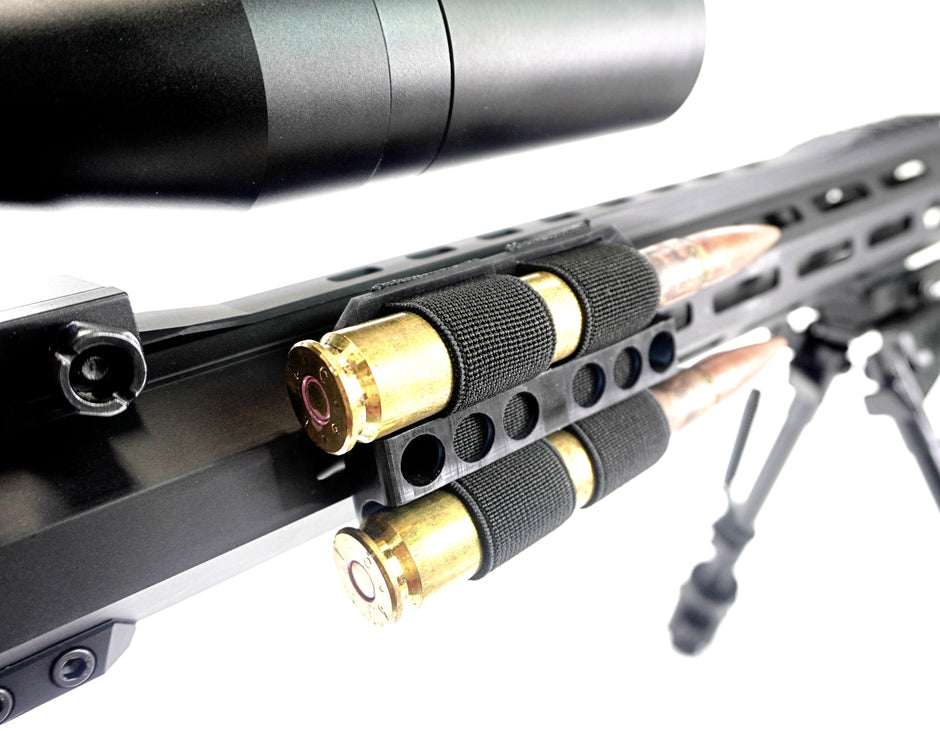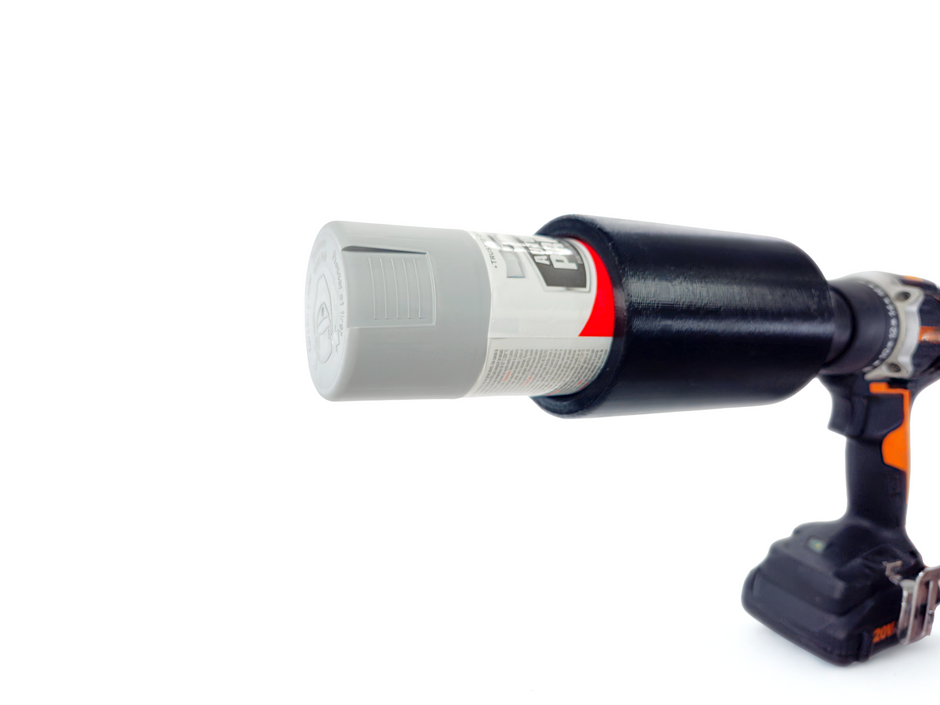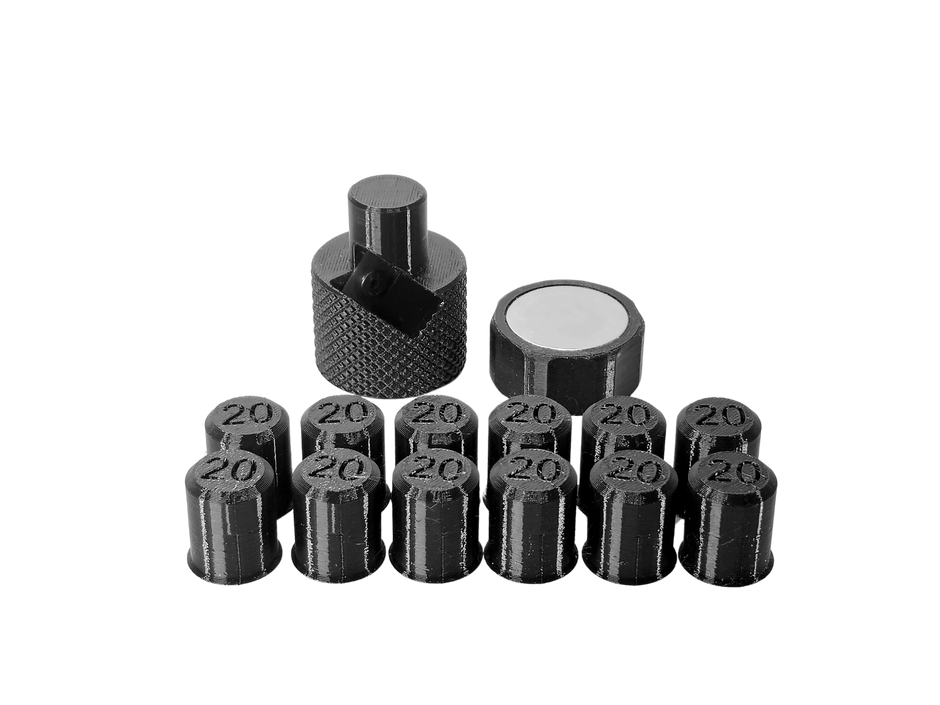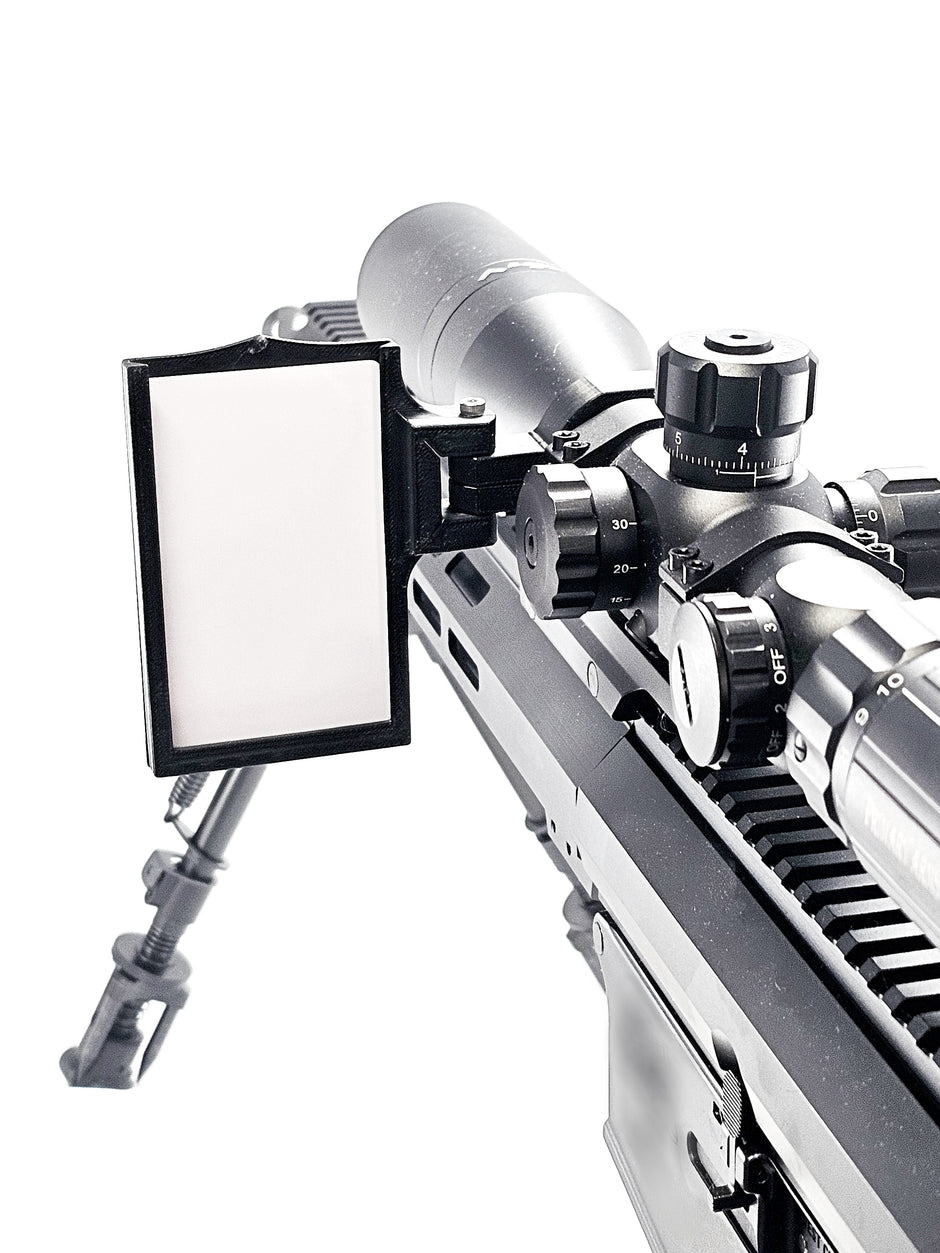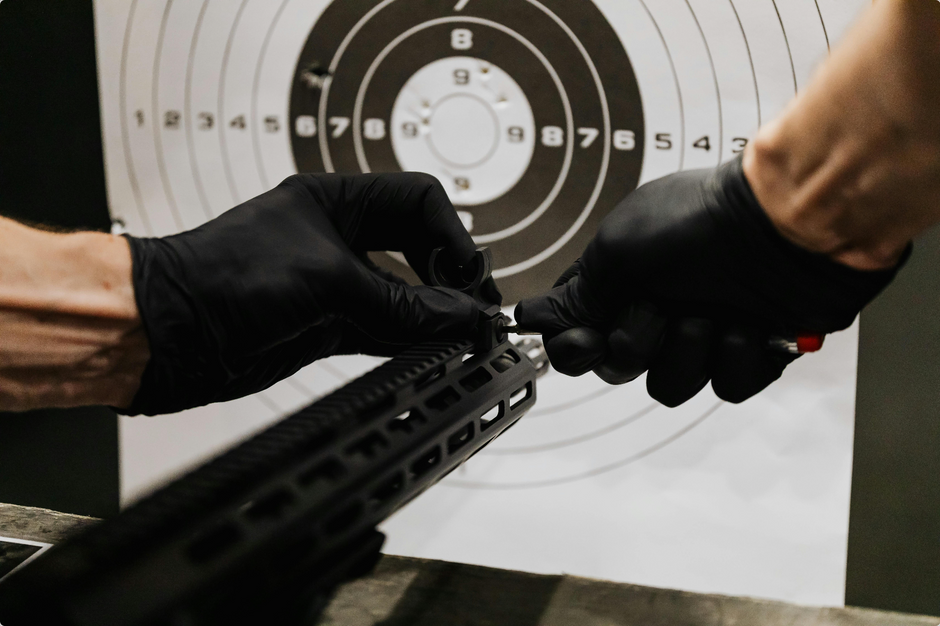The G10 3D printer build surface plate has proven itself to be one of the most durable, reliable, stable platforms for precise and high quality 3D prints, gaining popularity from many 3D printing enthusiasts. To ensure consistent performance and extend the lifespan of your G10 build plate, proper maintenance and cleaning are crucial. In this guide, we will walk you through the steps to keep your G10 build surface in optimal condition.
Inspect Regularly
Start by conducting regular visual inspections of your G10 build surface plate. Look for any signs of wear, scratches, or damage. If you notice any issues, address them promptly to prevent further deterioration. Regular inspections should be practiced to ensure you don’t encounter problems in the future.
Clean Gently with Isopropyl Alcohol
Cleaning your G10 build surface plate should be a regular part of your 3D printer maintenance routine. Use a soft lint-free cloth or a sponge and isopropyl alcohol to gently wipe the surface. This will remove any residue, oils, or fingerprints that may affect adhesion.
Avoid Abrasive Cleaners
Steer clear of abrasive cleaners or harsh chemicals when cleaning your G10 build surface. These can cause damage to the surface, compromising its texture and affecting print adhesion. Stick to mild solutions like isopropyl alcohol for effective yet gentle cleaning.
Remove Residual Filament
After each print, inspect the G10 build surface for any leftover filament residue. Carefully remove any remnants using a plastic scraper or spatula. Avoid using metal tools, as they can scratch the surface.
Use a Dedicated Adhesive, if Necessary
Depending on the type of filament you are using, you may need additional adhesion for your prints. If required, apply a dedicated adhesive, such as a glue stick or a specific bed adhesion solution recommended for your 3D printing material.
Bed Leveling and Calibration
Check and calibrate your 3D printer's bed leveling regularly to ensure the nozzle is at the correct distance from the G10 build surface. Proper leveling is crucial for consistent and accurate prints, preventing issues like uneven layers and poor adhesion.
However, it's important to be mindful of the type of sensor your printer uses. Inductive sensors are designed to detect metal plates, and G10, being a non-metal material, will not register with these sensors. Therefore, exercise caution when calibrating Z height on printers equipped with inductive sensors.
Store Properly When Not in Use
If you won't be using your 3D printer for an extended period, consider covering the G10 build surface with a clean sheet or storing the printer in a dust-free environment. This helps prevent dust and debris from settling on the surface, maintaining its cleanliness.
Address Deep Stains with Care
If your G10 build surface gets stubborn stains, approach them with caution. Use a slightly damp cloth and a gentle rubbing motion. Avoid excessive force, as aggressive cleaning methods may compromise the integrity of the surface.
Final Thoughts
By doing these maintenance and cleaning practices, you can ensure that your G10 3D printer build surface plate remains in top-notch condition, providing a reliable foundation for your 3D printing experience.. Regular care not only enhances the longevity of the G10 surface but also contributes to consistent print quality, making your 3D printing experience more enjoyable and successful.



